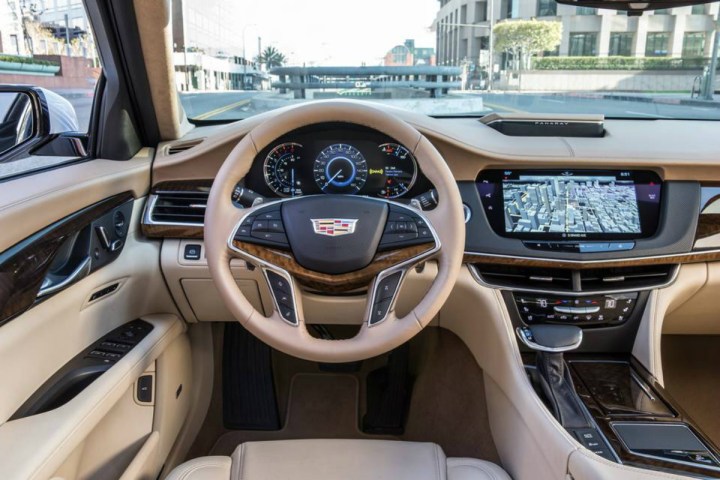
Offered first for the 2017 Cadillac CT6, the Super Cruise system uses visual and audible alerts if it detects you’re not paying attention. Ignore the alerts and an OnStar information system rep will speak to you via intercom — OnStar is required with Super Cruise. If you still don’t respond the car pulls to the side of the road and stops.
Super Cruise will only work on highways with fully detailed map data — if the car is going to pull over on its own it needs to know for sure where to go safely.
Super Cruise also checks that your hands are on the wheel, the most common way carmakers have been tracking alertness. But that’s not enough, says General Motors EVP for global product development Mark Reuss, because “you can defeat the hands-on-the-wheel devices pretty readily.” Therefore GM “will use something that’s pretty hard to get around,” Reuss said.
Consumers have mixed feelings about self-driving cars, but manufacturers and government regulators are in overdrive rushing to advance the technology. The fact that over 90 percent of crashes result from human error is motivating both the industry and the government.
Until fully self-driving vehicles can take over, however, humans have shown a tendency to over-rely on driver-assist features that still require driver monitoring. This reliance had tragic, headline-grabbing, fatal results in May in the case of a Tesla Model S that had the company’s driver-assist AutoPilot system engaged.
So as carmakers develop fully capable vehicle autonomy, the focus is on driver attention and alertness in operating the interim semi-autonomous tech.



